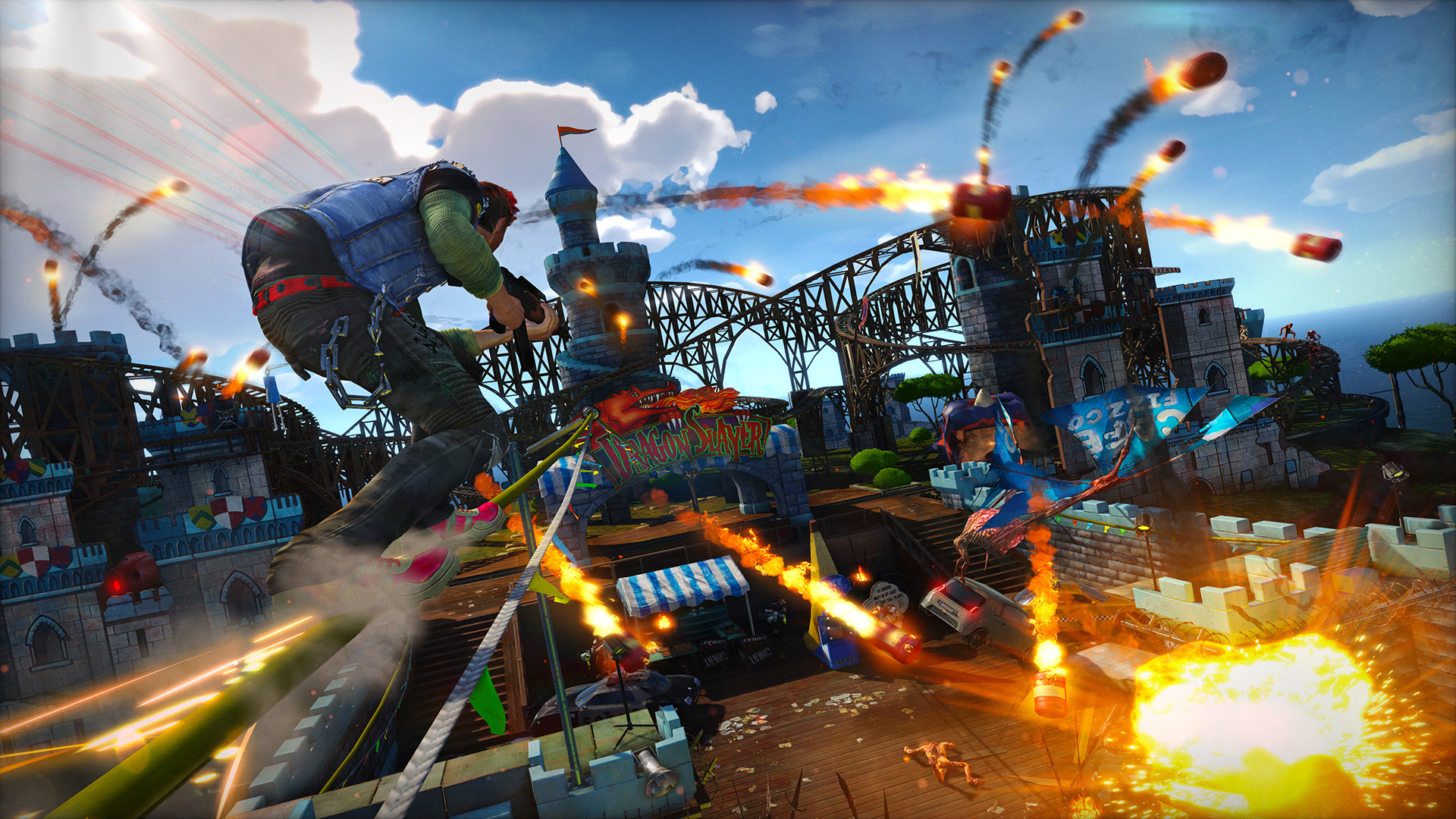Heroes in a Half-Shell: Teenage Mutant Ninja Turtles II Arcade Game NES Review
The Teenage Mutant Ninja Turtles are beloved by fans all over the world, and their legacy extends far beyond their original comic book origins. The Turtles have captured the hearts of generations, starring in cartoons, movies, and of course, video games. In 1990, a side-scrolling arcade game was released that would go on to become a classic among gaming enthusiasts – Teenage Mutant Ninja Turtles II: The Arcade Game for NES. This game was an adaptation of the popular arcade game of the same name, which was released in 1989. It quickly gained a reputation for being one of the best side-scrolling beat ’em up games ever made, thanks to its fast-paced action, memorable characters, and challenging gameplay. Today, TMNT II remains a celebrated classic, and we felt it was time to take a closer look at why it continues to hold such a special place in the hearts of gamers everywhere. In this review, we aim to provide a comprehensive overview of Teenage Mutant Ninja Turtles II: The Arcade Game for NES. We’ll delve into its history, examine its gameplay mechanics, and explore its impact on video game culture. Whether you’re a nostalgic fan looking to revisit a cherished childhood memory or a curious gamer seeking a new classic to add to your collection, we hope to provide valuable insights to enhance your gaming experience. You are a Teenage Mutant Ninja Turtle In “Teenage Mutant Ninja Turtles II: The Arcade Game” (TMNT II), the player takes on the role of one of four anthropomorphic turtles named after Renaissance artists. The story revolves around their efforts to save New York City from the villainous Shredder and his army of foot soldiers. The game’s colorful visuals and catchy soundtrack set the stage for an exciting adventure that quickly became a classic among gamers. As you play, you’ll notice that each turtle has its own unique weapons and abilities. Leonardo wields two katanas, Raphael uses twin sais, Michelangelo carries nunchucks, and Donatello wields a bo staff. Each turtle’s weapon has different ranges and effects on enemies, so players must choose which turtle fits their play style best. The game features innovative gameplay that is a hallmark of classic beat ’em up games. Players work their way through enemy waves, using the martial arts skills of the turtles to defeat their foes. The controls are straightforward and easy to use, allowing players to focus on the action and enjoy the game. The game also includes classic arcade game elements such as stage bosses and environmental hazards. TMNT II’s graphics and sounds were cutting-edge for its time, bringing the turtles and their world to life in a way that no previous game had done. The game’s art style has since become iconic, with the turtles’ character designs and animations still instantly recognizable today. The game’s soundtrack also garnered praise for its catchy tunes that perfectly fit the game’s tone and action. TMNT II’s replay value is high, thanks to its co-op mode that allows up to four players to join in the fight against Shredder. Co-op play brings a new level of fun and teamwork to the game, allowing players to strategize and defeat enemies together. Overall, Teenage Mutant Ninja Turtles II: The Arcade Game stands out as a wonderful flashback to a simpler time in gaming, a time when quarter-munching was the norm and side-scrolling brawlers still stood alongside other video game genres. The Evolution of the Turtle Genre The Teenage Mutant Ninja Turtles franchise is one of the most recognizable and influential media franchises in pop culture. It all started with Kevin Eastman and Peter Laird’s comic book series, which later became a popular animated TV series, a merchandise empire, and, of course, video games. TMNT’s impact on gaming is significant due to its early pioneering of using multimedia properties in creating games. The franchise soon found footing in the gaming industry, with the first game being released in 1989. By the early 1990s, the TMNT games had gained tremendous popularity as arcade and home console games. Throughout its history, many TMNT games were made, but TMNT II: The Arcade Game has earned a unique place in gaming history. The game was developed by Konami and released for arcade cabinets in 1990. It was also ported to the Nintendo Entertainment System (NES) in 1991. Though several TMNT games were released before TMNT II, it was this title that enjoyed the most critical acclaim. Its arcade cabinet version remains a classic, with its four-player simultaneous play better than any other game at the time. Even today, players can enjoy the classic four-player co-op experience via emulators or on newer console ports. The NES version of TMNT II was a technical pleasure that featured different levels and content than its arcade counterpart. Most notably, the game expanded the levels from the arcade version’s six to 10. It also featured a refined scoring system and new boss fights, making it an excellent alternative to the arcade and showing how the TMNT II game franchise evolved. Konami’s approach to gameplay is notable in both versions. The company primarily focused on innovative design that made use of the arcade’s hardware capacities. This approach resulted in TMNT II’s resemblance of an action-packed movie, with levels such as the sewer, the Technodrome, and the Shredder’s hideout, each offering a visually rich gaming experience. In conclusion, TMNT II carved a unique place in gaming history, with its arcade and NES versions offering a thrilling experience that stands out from other titles. The game’s significant contribution to TMNT’s evolution and its role in shaping the Turtle gaming legacy cannot be overstated. What Critics Say About TMNT II When Teenage Mutant Ninja Turtles II: The Arcade Game hit arcades and consoles in the early ’90s, gamers and critics were instantly hooked. The game quickly became a classic, and its reputation has only grown over the years. Let’s take a look at what critics have said about the game over the years.




